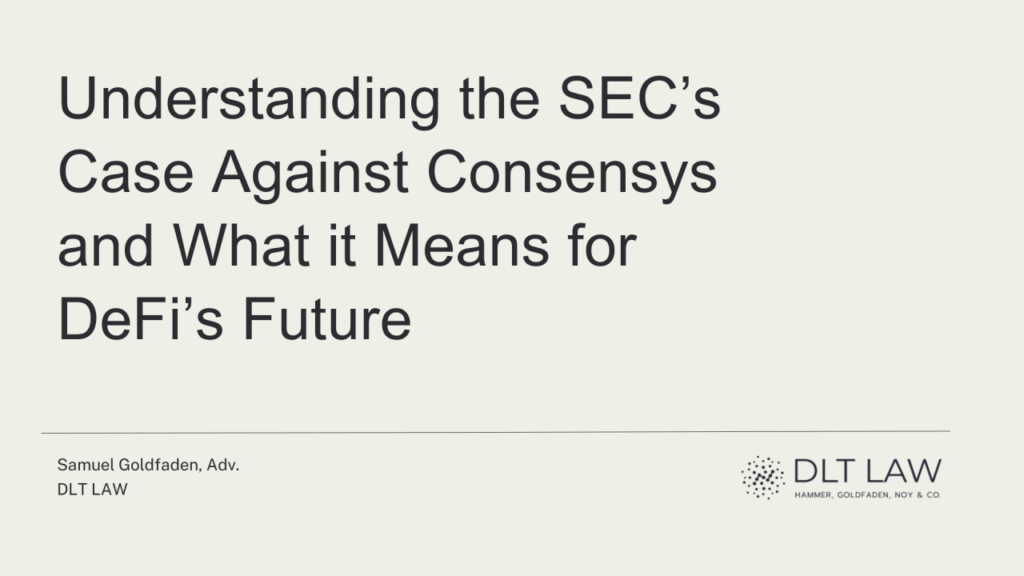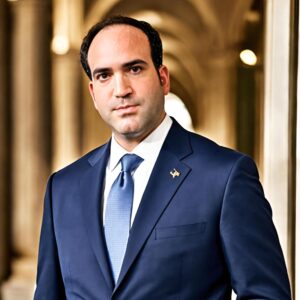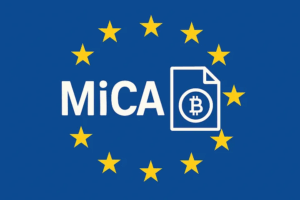In a recent move, the U.S. Securities and Exchange Commission (SEC) has taken significant action against Consensys Software Inc., the company behind MetaMask, a widely used Ethereum wallet. The crux of the case revolves around allegations that Consensys, through its MetaMask Swaps service, acted as an unregistered broker by facilitating cryptocurrency transactions without the necessary registration. This enforcement action is pivotal for the decentralized finance (DeFi) sector, shedding light on the regulatory complexities surrounding different operational models in the industry.

The SEC’s Allegations
The SEC’s complaint is centered on MetaMask Swaps, a service launched in October 2020, that enables users to trade cryptocurrencies directly from their MetaMask wallets. The service pulls pricing data from multiple third-party liquidity providers and displays the best rates to users, facilitating the transactions.
According to the SEC, these activities classify MetaMask Swaps as a broker under U.S. securities laws. This classification would require Consensys to register as a broker and comply with various regulatory standards aimed at protecting investors and maintaining market integrity.
How MetaMask Swaps Operates. MetaMask Swaps functions by using a system of adapter smart contracts that connect to approximately 14 different third-party liquidity providers. The process involves:
- Adapter Smart Contracts: These smart contracts are unique to MetaMask and are designed to interact with liquidity providers, temporarily holding user assets to facilitate the swap.
- Centralized Control: The presence of adapter contracts introduces a degree of centralization, as Consensys maintains control over the smart contracts and, consequently, the transaction process.
This temporary custody of user assets and the intermediary role played by Consensys introduce elements of control and centralization that differentiate MetaMask Swaps from more decentralized models.
Comparing with Uniswap’s Decentralized Model. In contrast, Uniswap, a leading decentralized exchange, operates on a fully decentralized model, avoiding intermediary control:
- Automated Market Maker (AMM): Uniswap uses AMM technology, allowing users to trade directly with smart contracts that manage liquidity pools. These pools are funded by users, who earn fees from trades based on their contribution.
- No Intermediary Control: Users interact directly with the protocol, with smart contracts executing trades according to predefined algorithms, with no central control or custody of assets.
- Decentralized Liquidity Provision: Liquidity is provided by users (liquidity providers) who contribute to the liquidity pools, earning fees from trades without any centralized entity controlling the process.
Key Differences and Regulatory Implications. The primary differences between MetaMask Swaps and Uniswap lie in the levels of centralization and custody involved:
1. Custody of Assets:
MetaMask Swaps: Consensys’s smart contracts temporarily hold user assets, which could be interpreted as taking custody, triggering regulatory scrutiny.
Uniswap: Users’ assets are managed by decentralized smart contracts, with no central entity taking custody.
2. Role of the Intermediary:
MetaMask Swaps: Consensys acts as an intermediary, facilitating trades and earning fees, akin to traditional broker activities.
Uniswap: The platform is non-custodial and decentralized, making it less likely to fall under the traditional definitions of a broker/dealer, although it is still subject to evolving regulatory scrutiny.
Conclusion
The SEC’s enforcement action against Consensys highlights the critical importance of understanding the regulatory landscape in the DeFi space. While decentralization offers certain regulatory advantages, any element of centralization or custody, as seen with MetaMask Swaps, can attract significant regulatory attention.
This case serves as a significant milestone for DeFi, emphasizing the need for clear regulatory frameworks that can accommodate the unique challenges and opportunities presented by decentralized technologies. The distinctions between MetaMask Swaps and Uniswap demonstrate how different operational models can lead to vastly different regulatory outcomes, underscoring the importance of compliance and investor protection in the evolving DeFi ecosystem.



